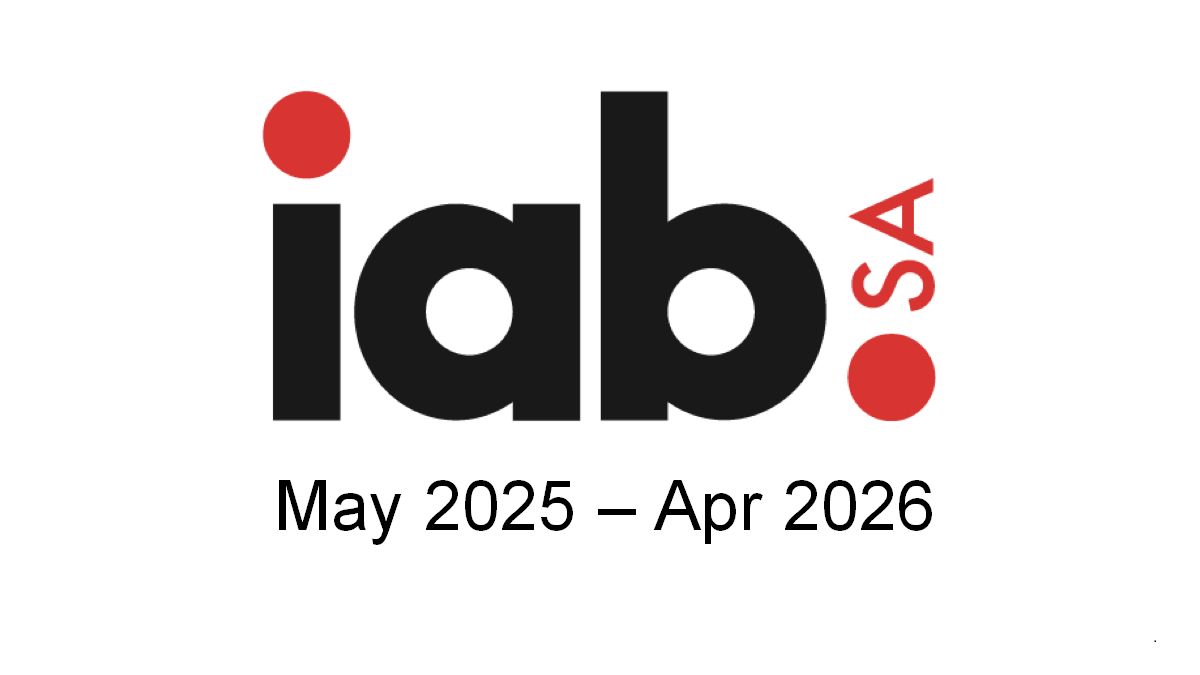After the Port of Gauteng released a detailed white paper earlier this month, outlining a R50-billion plan to transform the South African logistics industry, the planned inland logistics hub has received an overwhelmingly positive response.
The Port of Gauteng, designed to function as a transportation channel that conveys goods through inland transport modes, has been hailed as the long-awaited solution to systemic logistics bottlenecks crippling the Durban-Gauteng Freight Corridor which runs by road on N3, N17 and N12 major routes.
Through this landmark, the wave of endorsements highlights the project’s capacity to modernise South Africa’s logistics network, with support coming directly from provincial government, key industry associations, and leading technology experts.
As it stands, the Gauteng department of roads and transport has confirmed its road infrastructure initiatives are at an advanced stage, aligning the port with the province’s 25-year Integrated Transport Master Plan (ITMP25).
Perfect nodal fit
Gauteng roads and transport spokesperson, Melitah Madiba pointed out that the port’s location fits with the strategy perfectly, as it provides road infrastructure that unlocks local economic development and job creation.
Madiba said that the department views the port as essential to strengthening Gauteng’s role as the country’s leading freight and logistics hub, highlighting that the Port of Gauteng’s White Paper is also strategically aligned with national policy objectives.
To show support to the White Paper, minister of transport Barbara Creecy affirmed the government’s commitment to re-establishing rail as the backbone of transport for people and goods.
Port developer, Francois Nortjé said: “The R50 billion Port of Gauteng, as a major private sector initiative, directly addresses this call for collaborative, non-state funded solutions necessary for modernising the freight network.”
Road Freight Association (RFA) CEO Gavin Kelly also gave overwhelming support saying that the project is a pivotal opportunity to address the systemic inefficiencies crippling South Africa’s economic arteries.
“The port’s vision to create a premier trade gateway that restores balance to our supply chain aligns with the RFA’s call for collaborative road and rail operations. “Port of Gauteng may well provide the missing link that can make rail competitive again,” said Kelly.
Another key role industry player, Tobias Doyer, CEO of Grain SA CEO said that the Port of Gauteng will offer vital relief, pointing out that it has arrived at a critical time when the agricultural logistics system is under severe strain.
Director of Heavy Vehicle Transport Technology Africa, Paul Nordengen highlighted the strategic inclusion of Performance-Based Standards (PBS) for heavy vehicles.
“PBS, already responsible for a 39% crash rate reduction in its pilot projects, will have a significant positive impact on road safety, logistics costs, congestion on the N3 highway, and infrastructure protection,” said Nordengen.
Filling the void left by Transnet
Nortjé said that the Port of Gauteng’s White Paper’s proposed solution is underscored by the fragility of existing state logistics infrastructure, particularly as Transnet has recently flagged indicators related to the “material uncertainty” of its ability to continue as a going concern.
“It is important to note that rail revival is not the silver bullet for the Corridor’s complex freight challenges,” said Nortjé.
He added: “Our integrated model proposes a hybrid tolling structure for PBS trucks that requires direct cross-subsidies to the Transnet Rail Infrastructure Manager (TRIM). This financial mechanism is vital to strengthen and expand the rail network, recognising that the Rail Container Corridor’s estimated loss of R3 billion requires this critical financial support and cannot be absorbed without private-sector enabled cross-subsidisation.”



